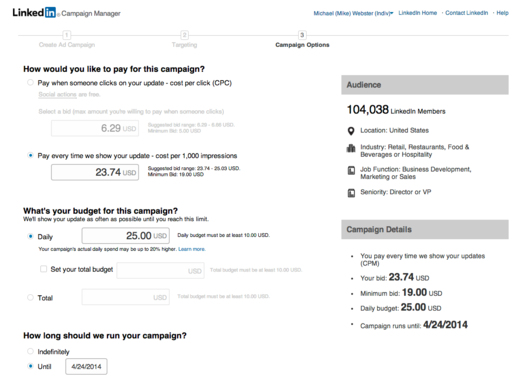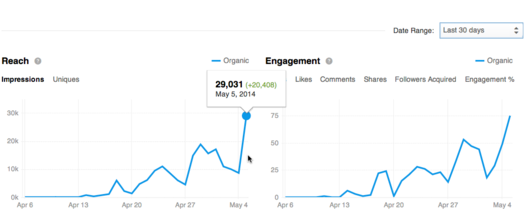Keeping up with the changes in social media and marketing are keys in developing a strong B2B public relations strategy.
And, with the latest new feature from Twitter, it's vital that businesses realize how important it is to be part of the online conversation, before they are muted from the discussion.
![]() Last week, Twitter announced a new mute feature for iPhone, web, and Android users. This new feature gives users the ability to mute or "silence" other users content from appearing their feed. The mute feature also is a helpful option when a user goes on a posting spree about sporting events, concerts, TV shows, or rants in general.
Last week, Twitter announced a new mute feature for iPhone, web, and Android users. This new feature gives users the ability to mute or "silence" other users content from appearing their feed. The mute feature also is a helpful option when a user goes on a posting spree about sporting events, concerts, TV shows, or rants in general.
According to Twitter in a blog, muting a user on Twitter means their tweets and retweets will no longer be visible in your home timeline, and you will no longer receive push or SMS notifications from that user.
The muted user will still be able to favorite, reply to and retweet your Tweets; you just won't see any of that activity in your timeline. The muted user will not know that you've muted him/her, and of course you can unmute at any time.
The feature began rolling out last week, and will be available to all iPhone, Android, and Twitter.com users in the next few weeks. Twitter provides the following guidelines for users to mute others:
• To mute a user from a Tweet on an iOS or Android device or on Twitter for web, tap more and then mute @username.
• To mute someone from his/her profile page, tap the gear icon on the page and choose mute @username.
At Ripley PR, we believe in the importance of integrating marketing and social media engagement into a public relations campaign. Knowing how to stay engaged in the online conversation and reach your customers without overwhelming or irritating them is key.
With new advancements in features, like the mute button on Twitter, it's vital to ensure your business stays part of the discussion by interacting the right way on social media.
Contact the experts at Ripley PR to learn how to make the best use of your time on social media and fit it into all of your public relations initiatives in a positive way.





